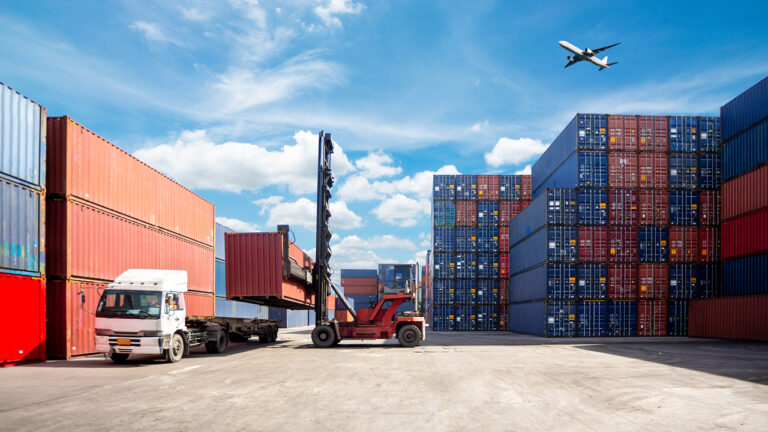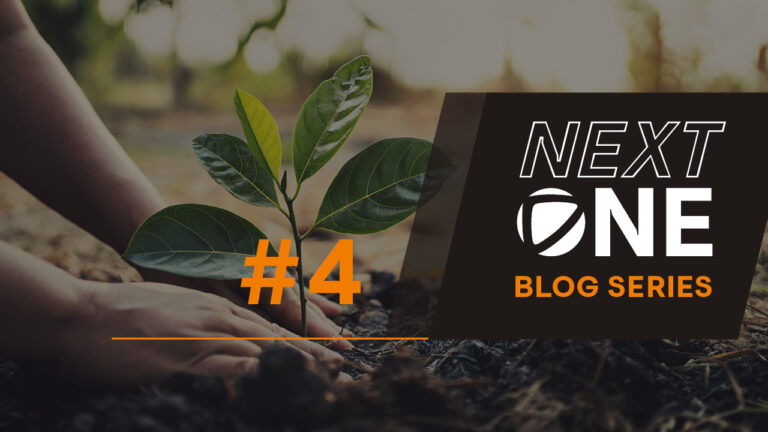Within the circular economy, there are particularly important growth markets that should pave the way for a decarbonized and circular economy. There are several strategies for closing value stream loops. The focus here is on remanufacturing, refurbishing and reuse.
Remanufacturing machines
What is remanufacturing? Remanufacturing is the process of refurbishing machines and components by dismantling, cleaning and repairing them to “like-new” condition. As a result, less new equipment needs to be manufactured, reducing not only material consumption, but also energy and water consumption. On average, 80 percent of materials, 85 percent of energy and 86 percent of water can be saved in industrial production. What’s more, remanufactured machines and components cost less to produce while maintaining the same quality. This makes them attractive to both manufacturers and users.
Remanufacturing is already an established practice in many areas of industry, such as engine control units, starters and fuel injection systems, brake calipers and alternators. However, there is still a lot of untapped potential, for example in the automotive aftermarket. Whether and to what extent growth can be achieved depends very much on the acceptance of remanufactured machines and components. And that, in turn, can be increased through proper communication, good analysis capabilities and regulatory factors.
Refurbishing batteries
Refurbishing is also the remanufacturing of used products. While remanufacturing primarily refers to machines and systems in an industrial context, down to the level of individual parts, refurbishing refers to less complex products that are considered. Refurbished laptops and smartphones are now widely available.
What can be achieved through refurbishment is already evident today: In the transition to electromobility, the establishment of functioning and rapidly scalable recycling processes is crucial. The EU already has collection targets for the lithium contained in batteries. Refurbishment is one of the key activities as a prelude to actual recycling.
Reusing photovoltaics
Reuse is the reuse of products that have already been used for another purpose. For example, reusing photovoltaic modules, especially from solar parks or new products rescued from transportation accidents or faulty production batches, is valuable to the
second-hand market. Instead of being scrapped, these photovoltaic modules can be inspected, repaired and finally sold.
Opportunities within the circular economy: economic and environmental potential
Remanufacturing, refurbishment and reuse are among the key growth markets within the circular economy. All three markets offer the potential to develop forward-looking circular business models. And they complement each other perfectly. Within the R-strategies, they belong to the technical strategies with which existing material flows can be traded.
The goal of reuse is to ensure that a product or technical system can be used efficiently and for as long as possible with its existing technical and material properties. Because maintenance and remanufacturing processes require additional resources for processing and spare parts, remanufacturing and refurbishing are less resource efficient and have less dematerialization potential than other strategies. Nevertheless, they make a valuable contribution to sustainability and environmental and climate protection.
The circular economy must play an important role in the supply of raw materials. In the future, it will play an important role alongside domestic and imported raw materials. We have potential here that we want to exploit. This raises the question of where exactly the new business models lie. Companies around the world are very good at optimizing their business processes. If a company wants to change these established and optimized processes in the direction of a circular economy, it needs a secure supply of raw materials and a market that is willing to accept temporarily higher prices if necessary.
Raw material quality is no different. Standardization provides the reliability in the market that a company needs. Care must be taken that clever matchmaking does not create uneven market conditions between SMEs and industry.
Another area of interest is whether companies can make more profit from repair work. It may be better for a company to bring its products closer to itself, so that raw materials for new products can be created by recycling or reusing components from used equipment.
One challenge is how to incorporate these circular economy aspects into an ERP system so that the economics of different options can be measured.
Author and your contact person



